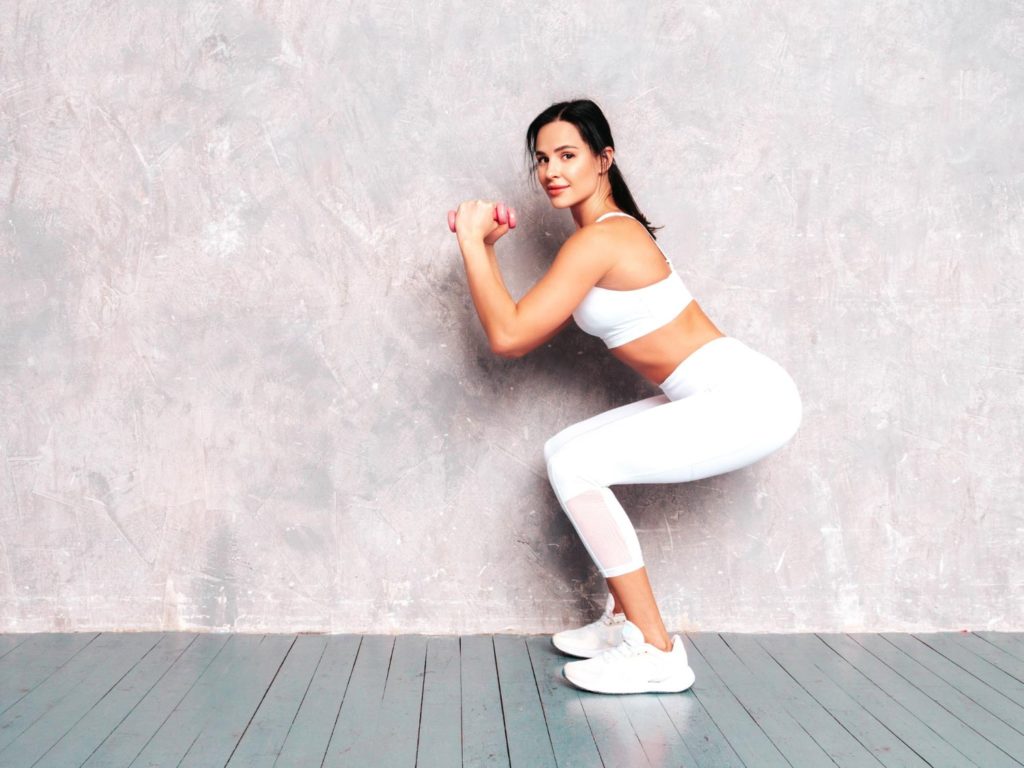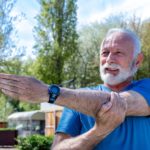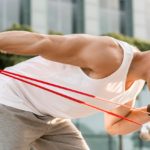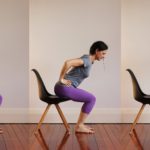
Kim Hoffman
NASM CES (Corrective Exercise Specialist) and Certified Personal Trainer
What’s special about glutes and why should we train them?
Women mostly train glutes because they are aesthetically appealing, but what many of us are not aware of is that glutes also have an important function during movement.
If not at their optimal strength, glutes can cause injuries because other muscles have to work harder.
The glutes — function and anatomy
The glutes are attached to several parts of the pelvic region. The function of each muscle is slightly different, but they are required to work together for optimal movement.
For example, weak glutes make our hamstrings work harder. In turn, the quads will need to also work harder because hamstring activation works against them at the knee joint. This will increase pressure on our knees.
The pelvis and hips consist of several bones, which are:
- Ilium
- Pubis
- Ischium
- Sacrum
- Coccyx
The following are the function of the glutes:
- Hip extension = bringing our legs in line with our back, e.g. standing up straight
- Hip flexion = bending at the hips
- External rotation (with straight legs) = pointing our toes outward
- Internal rotation (with straight legs) = pointing our toes inward
- Abduction = moving the leg away from the body
- Adduction = bringing the leg closer to the body
Each of the three muscles:
- gluteus maximus
- gluteus medius
- gluteus minimus
is attached to different parts of our pelvis and hips, thus changing the job they do.
From a standing position, their roles are pretty clear, but because all muscles share similar attachment areas and because we can subdivide each muscle into different parts, it’s impossible to isolate them.
Gluteus maximus
Gluteus maximus attaches to the ilium and sacrum on one side and the femur on the other. This muscle is divided into two parts, the upper and lower glutes.
The main functions of this muscle are hip extension, hip abduction and external rotation. Hip extension is an important movement in everyday life. Getting out of a chair or picking something up off the floor requires the gluteus maximus to fire up.
Gluteus medius
Gluteus medius, the second largest of the three, attaches from the ilium to the greater trochanter (the bony part on the side of our upper thigh).
The main function of this muscle is abduction, but as with the gluteus maximus, there are two parts to the medius — the anterior fibres and the posterior fibres.
The anterior fibres rotate the leg internally (toes inward) while the posterior fibres rotate the leg externally (toes outward).
But this also depends on the position of the hip and foot. If our hip is extended, e.g. we are in a standing position, the gluteus medius will externally rotate our leg. But if we’re in a seated position, meaning our hips are flexed, the gluteus medius will internally rotate our leg.
Gluteus minimus
Gluteus minimus, the smallest of the three muscles, is hidden by the gluteus medius and is attached to the same part of the pelvis and the outer part of the thigh bone.
Together with the gluteus medius, this muscle abducts the leg and internally rotates the thigh. Another function they share is the stabilisation of the hip and pelvis as we walk or stand on one leg.
Without these muscles, the pelvis would drop.
Exercises for glutes
Because all three gluteal muscles have both fast and slow twitch muscle fibres, we can train them with both light and heavy loads.
Keep in mind that lighter load and more repetitions will increase muscle size whereas heavier load and less repetitions will increase strength and power.
There are many exercises to target the glutes as a whole as well as semi-individually. The list below gives you a few examples for each muscle.
Exercises for Gluteus maximus
The most famous one is probably the hip bridge, as that is an exercise also used in yoga or pilates.
Exercise “Hip thrust”
If we add a bench and barbell, the hip bridge becomes a hip thrust. Here, we have more range throughout the muscle, which means we engage it more.
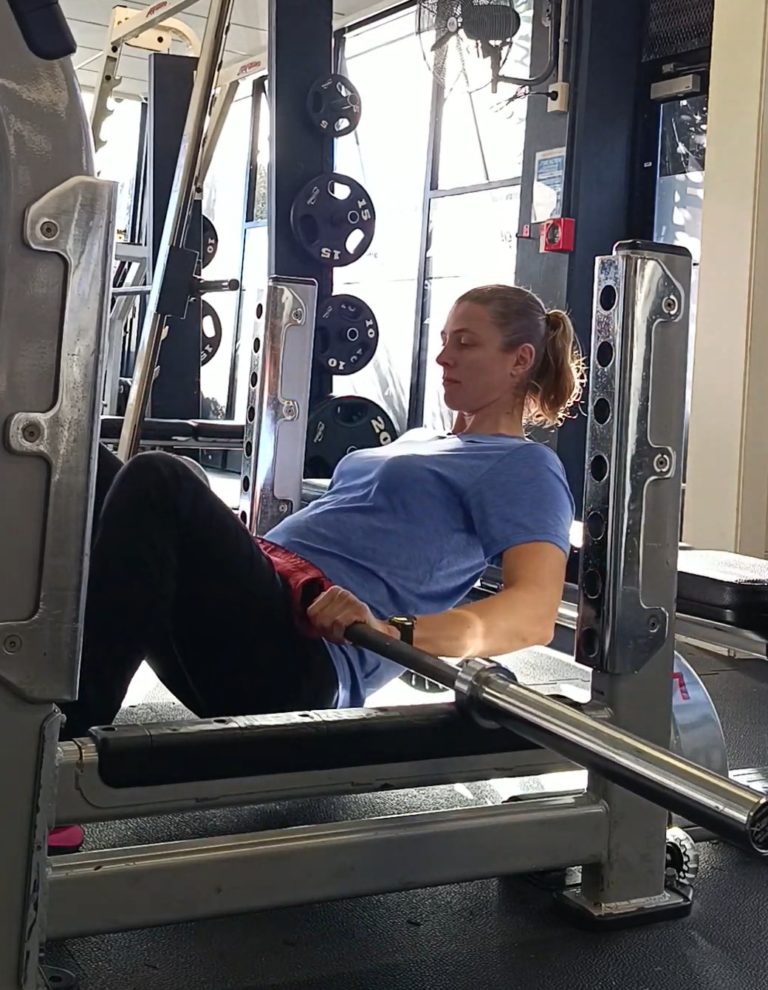

Exercise “Kicks”
Another exercise for the gluteus maximus is kicks. Here, we can use the cable machine at the gym or an elastic band.
Hold on to the machine or the wall and kick your leg back. Keep your abs engaged so you don’t arch your back as this can cause back pain.
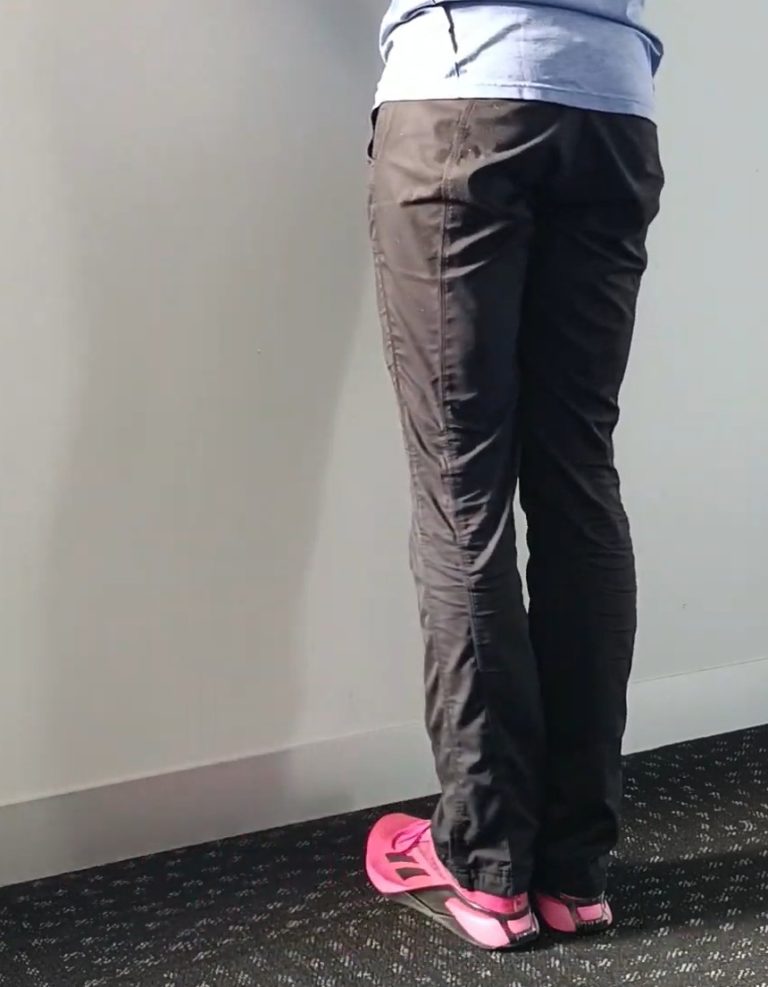
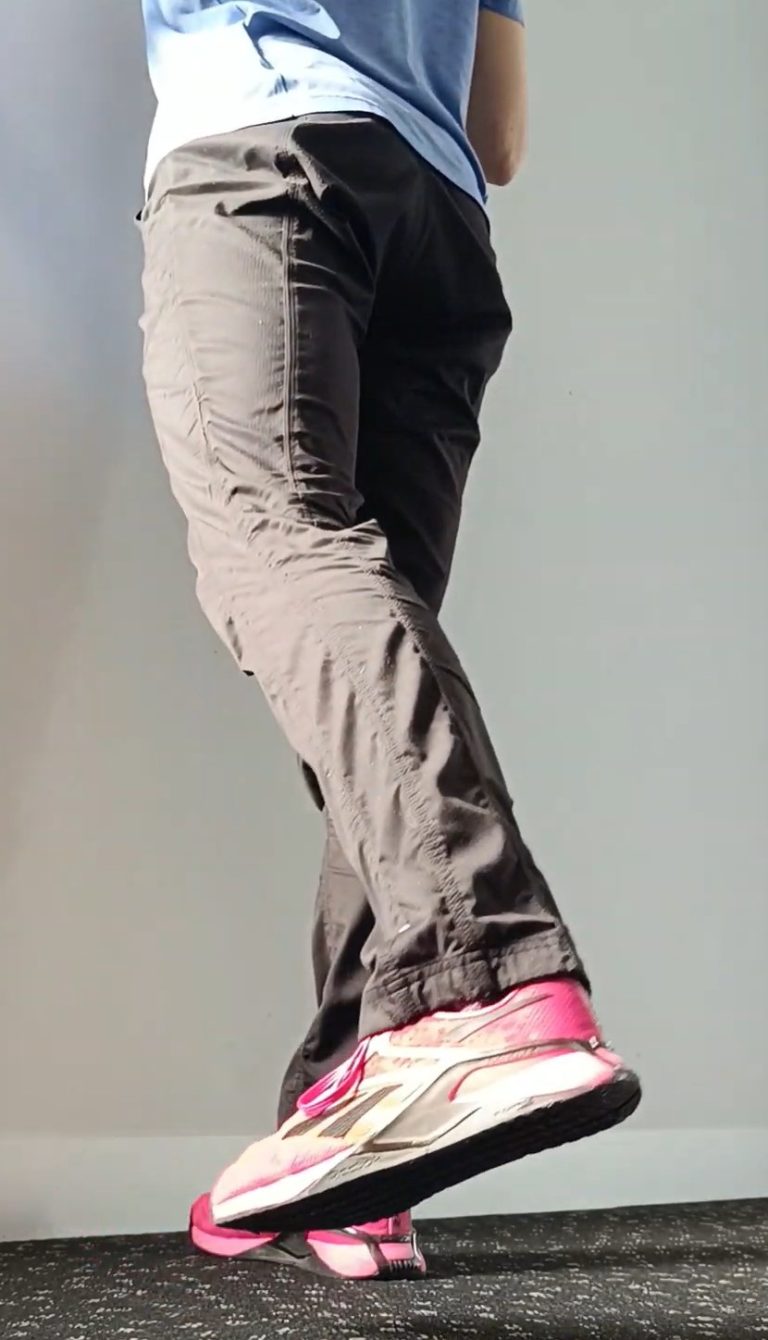
Exercises for Gluteus medius
If we want to exercise the gluteus medius, moving our leg to the side (abduction) will do that.
Because the gluteus minimus has the same functions as the gluteus medius, there is no need to list exercises for this muscle.
Some examples of abduction exercises are:
- Clams
- Standing leg abduction
- Side-lying leg abduction
- Crab walks
Exercise “Clams”

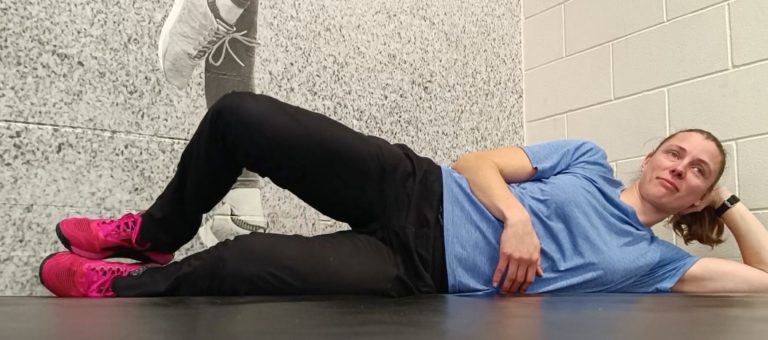
Exercise “Standing leg abduction”
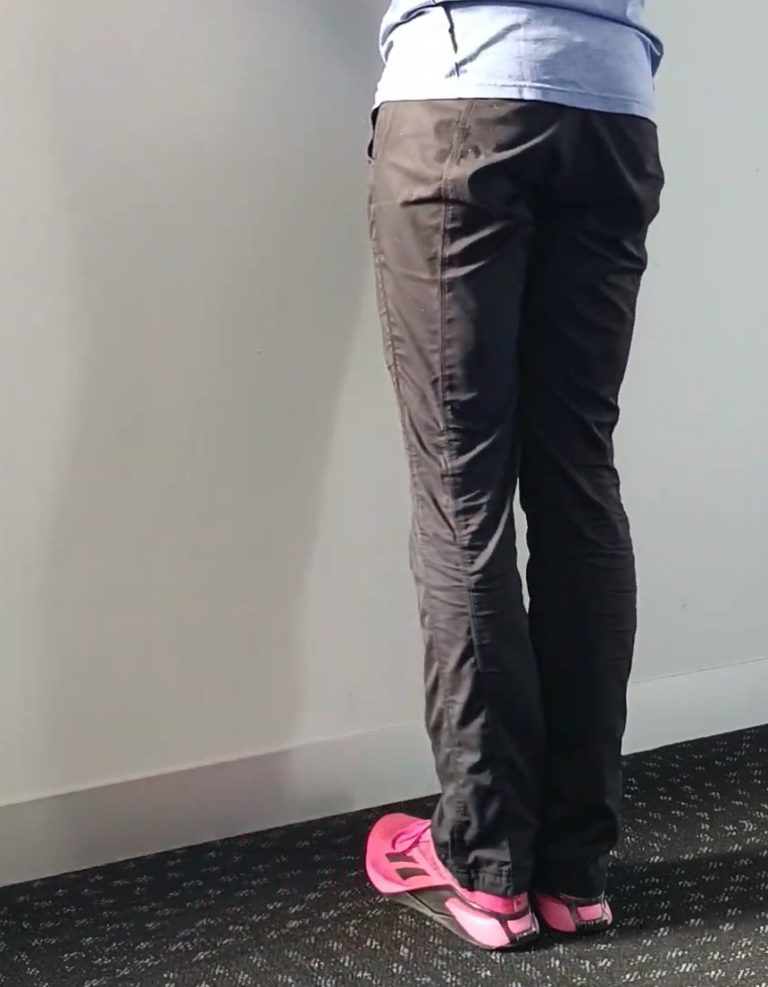
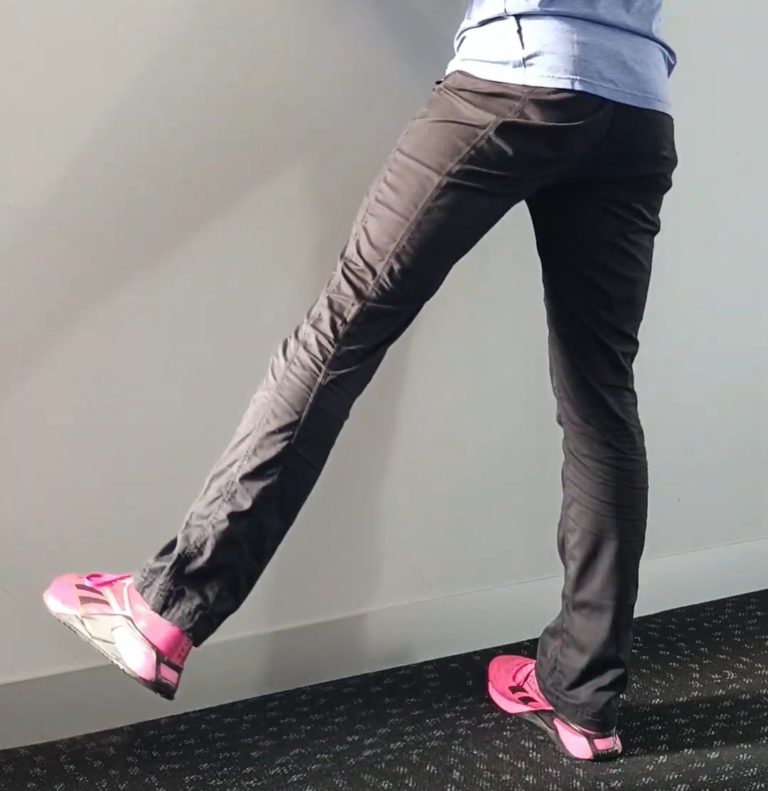
Exercise “Side-lying leg abduction”
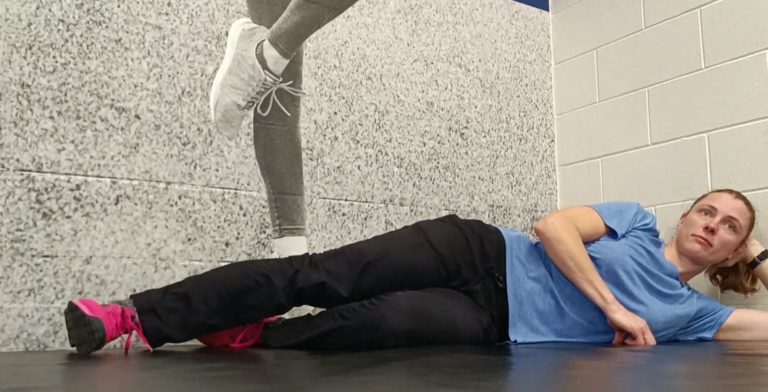
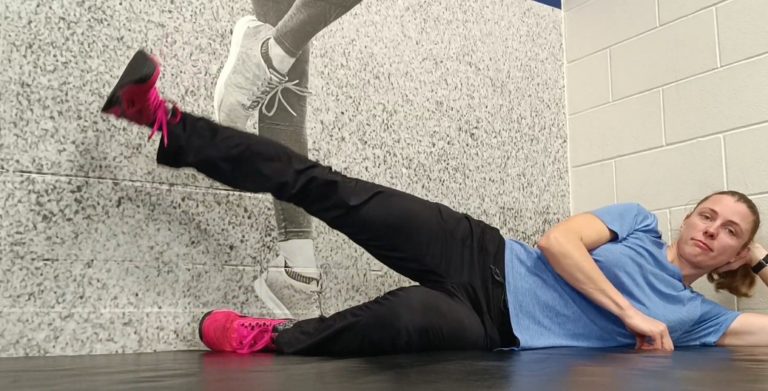
Depending on the strength that we already have, we may want to start with no equipment and build our strength. After that, we can progress to a looped band and later cables.
Related Questions
1. How often should I exercise my glutes for aesthetics vs strength?
That all depends on how often you go to the gym.
If you go every day, you can overwork the glutes as well, like any other muscle, so I would recommend at least a day of rest (i.e. no leg work) in between.
2. Does rucking or trekking on uneven terrain work the glutes?
Yes. Tramping in general will engage the glutes.
Any uphill work and/or uneven ground will activate different fibres within the glutes, which improves muscle activation and development.
3. What are the best glute exercises to do at home?
The most famous exercise is the hip bridge. Other ones you can try are the clams, lunges or bird-dog.
For previous Exercise Guides, check our Activities and Performance section.
Kim Hoffmann is a certified Personal Trainer and Corrective Exercise Specialist based in Auckland. She also specialises in women’s health and fitness by taking into consideration the menstrual cycle and hormones and implementing them in different workout plans. The workout methods and routines include free weights, suspension straps and boxing, as well as strength training and high intensity.
Kim’s passion is helping people move better and improve their quality of life. She helps men and women of all ages achieve their goals and also offers online classes and consultations. You can see more of Kim at Snatch Fitness.
References
Contreras, B. (2019) Glute Lab: The Art and Science of Strength and Physique Training. Victory Belt Publishing

